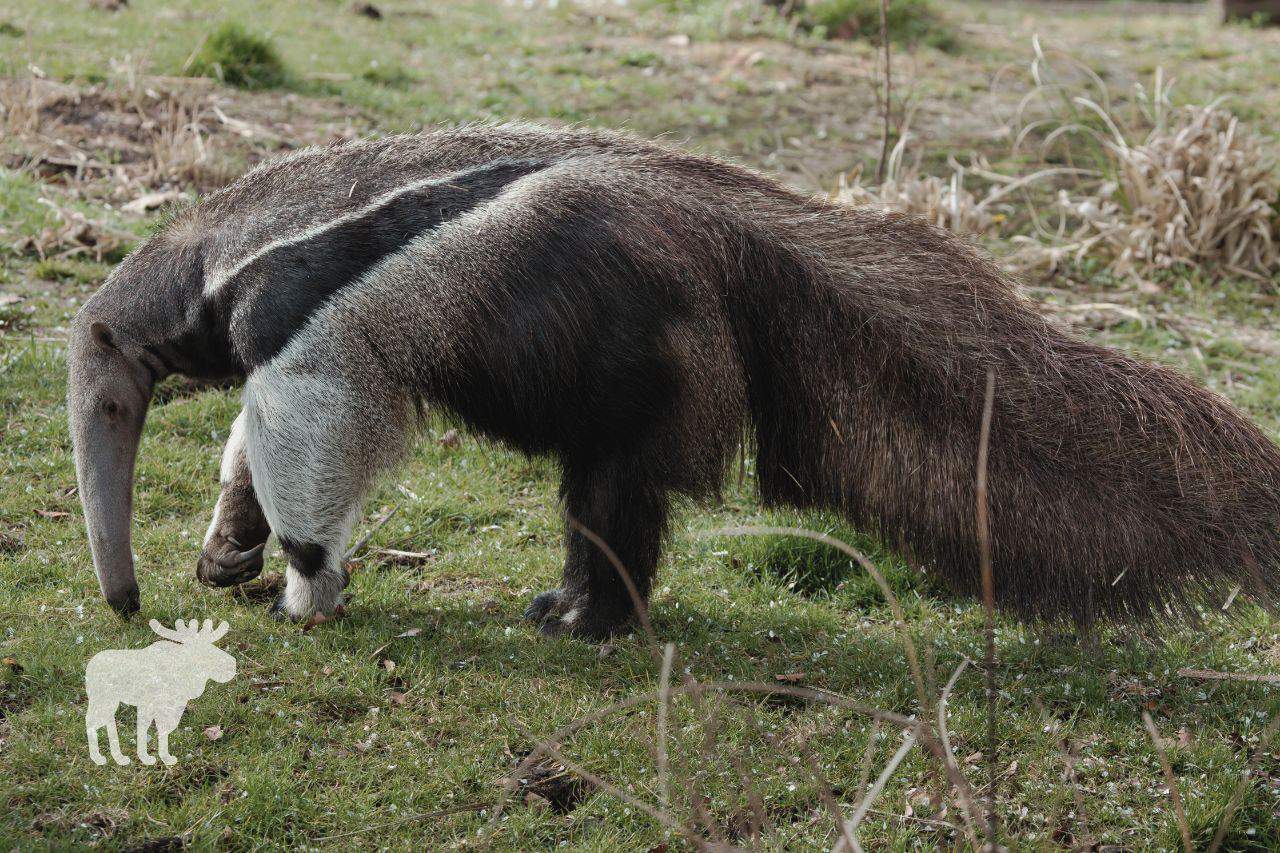Interested in learning more about anteaters? Perhaps you’re specifically wondering about their diet. Do anteaters only eat ants, or are there other foods they eat to supplement their insect-heavy diet? In this article, we’ll answer these questions and more. Keep reading!
What You'll Learn Today
Do Anteaters Only Eat Ants?

Anteaters are so named because they have a reputation for eating ants. They can eat up to 30,000 ants in a single day!
Their long, wormlike tongues are coated with layers of sticky mucus and sharp spikes. These attributes make their tongues perfect for reaching into ant nests and slurping out hundreds of ants at a time.
That said, ants don’t have a lot of nutritional value. They provide small amounts of protein and essential nutrients, but they only make up about 80 percent of an anteater’s diet, as the anteater must supplement their diet with other, more nutritious foods.
Check out this video to learn more about how anteaters use their tongues to gather food:
What Other Foods Do Anteaters Eat?
So, you may be asking, what other types of foods do anteaters eat? What makes up the other 20 percent of their diet?
Anteaters are known as insectivores, and not just because they eat a lot of ants. They eat many other kinds of insects as well.
Aside from ants, anteaters prefer to eat termites. Their sharp claws help them tear into termite mounds, and they can consume large amounts of termites at a time by slurping them up with their tongue.
Anteaters enjoy other kinds of insects as well, such as grasshoppers, crickets, and even flying and stinging insects like bees. They also eat spiders, scorpions, earthworms, and other small invertebrates.
If their normal foods are in short supply, they may resort to eating snakes, lizards, turtles, frogs, and toads. Sometimes they will even eat carrion or bird eggs.
Anteaters also may eat plant materials from time to time. These commonly include vegetation such as leaves and grass.
Sometimes, if available, they will eat vegetables and grains such as rice, carrots, corn, and leafy vegetables. Lastly, anteaters occasionally enjoy eating various types of fruit–whatever is available to them.
Anteaters that live near human civilizations may become pest animals in their search for food. They may enter houses or sheds, tear into walls, and dig through trash cans looking for insects and other food items, especially during times of food scarcity.
What Do Baby Anteaters Eat?
Anteaters are mostly solitary creatures, but they do come together during the mating season. Female anteaters give birth to one baby at a time, which they raise for one to two years.
Baby anteaters start out feeding only on their mother’s milk. They cannot eat ants or other solid foods at first.
The mother’s milk provides all the nutrients the baby needs to grow and develop. As they grow, they begin to supplement their milk diet with ants.
More and more ants are added to their diet as they get older. Finally, they are weaned from their mother’s milk and begin eating solid foods exclusively.
They learn to supplement their diet with other insects, invertebrates, fruits, vegetation, and other food items as necessary or available.
Do Anteaters Have Teeth?
Anteaters have long snouts and long, spiky tongues up to two feet in length, both of which are specially designed to help them find and eat their food. However, they do not have teeth.
The majority of their food sources are soft and easy to eat, so they don’t require chewing. Their spiked tongues make it possible to crush this soft food around in their mouths before they swallow each bite.
In terms of defending themselves, many animals use sharp teeth and claws to fight their opponents. Since anteaters don’t have teeth, they must rely on their claws.
Anteaters prefer not to fight and, in most cases, will simply run away if they feel threatened (they can run at speeds of up to 30 miles per hour). However, if they are backed into a corner and forced to defend themselves, they will rear up on their hind legs, using the tail for support.
They will use the sharp claws on their forelegs to slash through the air in an effort to intimidate or scratch any threat. A frightened anteater can be dangerous, as its claws are sharp enough to draw blood.
When they are not being threatened, anteaters use their claws in place of teeth when hunting. The sharp claws are perfect for breaking open termite mounds, digging up hard ground, or ripping through drywall or other building materials in search of their next meal.
Conclusion
Anteaters are known for consuming thousands of ants per day, but they also eat many other insects and invertebrates. They will also supplement their diet with fruits and other plant materials, bird eggs, and occasionally, small vertebrates–whatever is easy enough for them to eat without teeth.